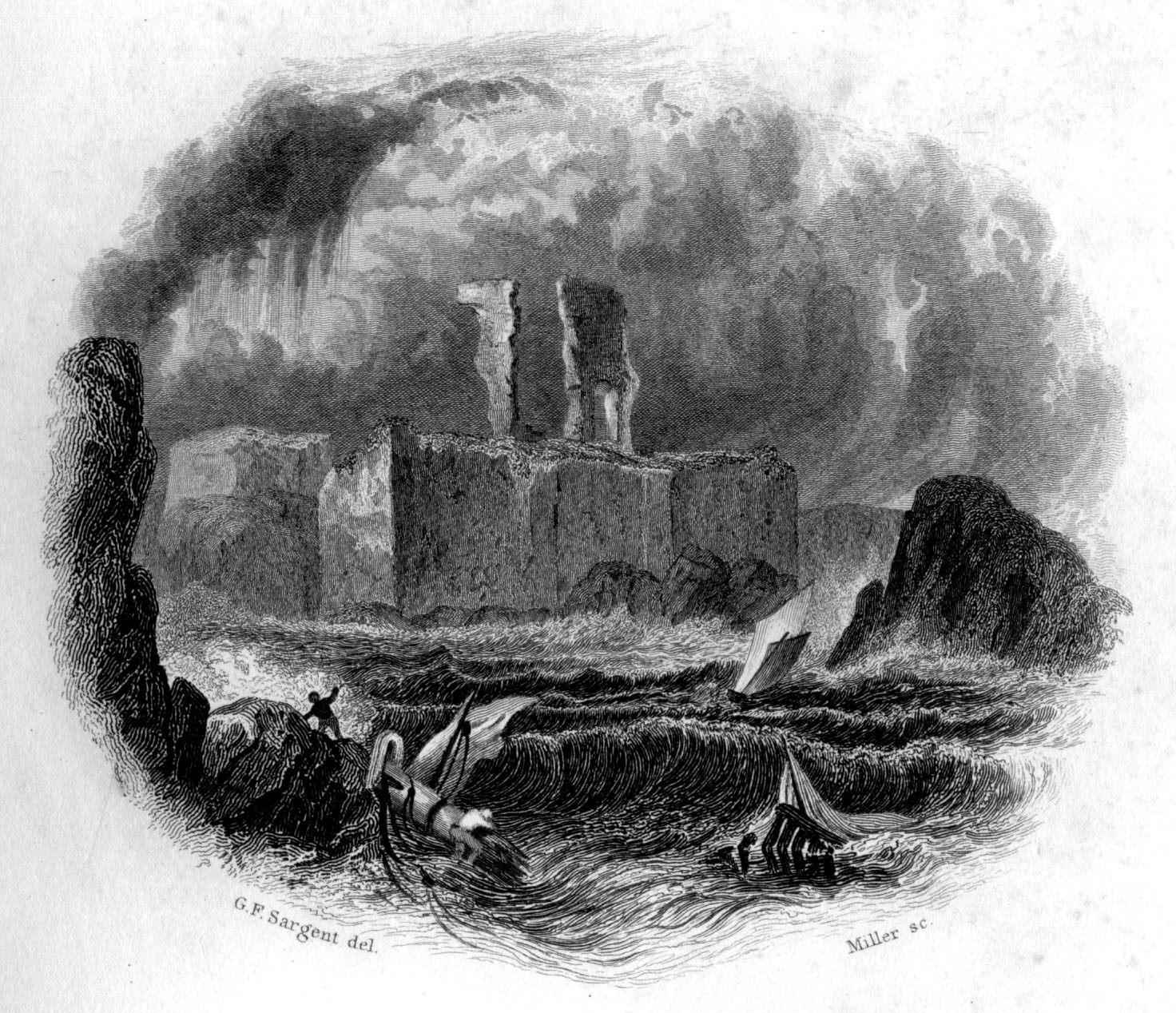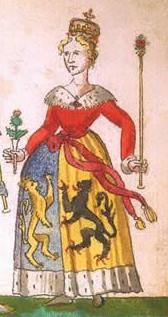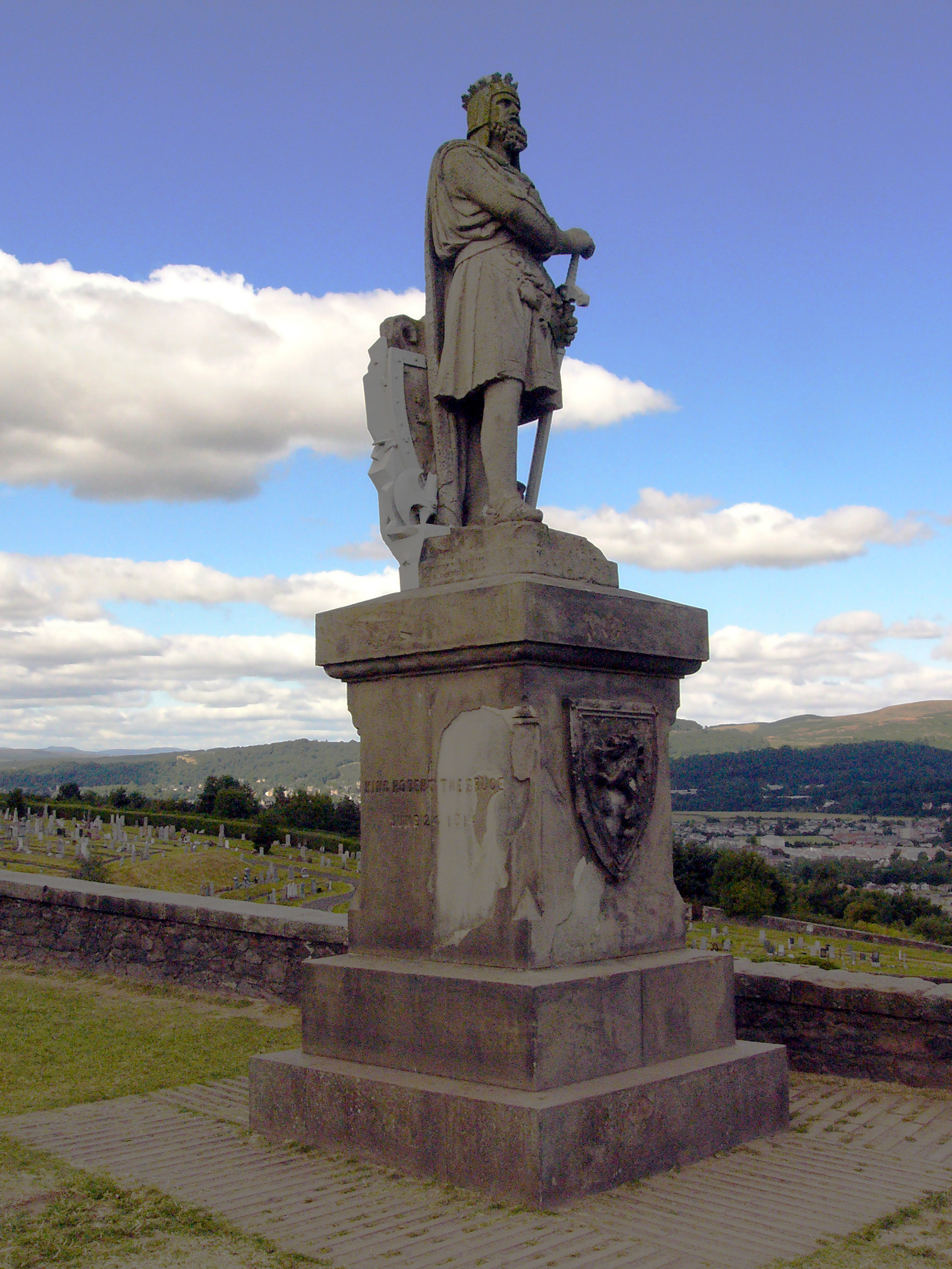|
George Douglas, 4th Earl Of Angus
George Douglas, 4th Earl of Angus, Lord Douglas, Abernethy and Jedburgh Forest (c. 1427 – 12 March 1463)Alan R. Borthwick, 'Douglas, George, fourth earl of Angus (c.1417–1463)’, ''Oxford Dictionary of National Biography'', Oxford University Press, 2004. was a Scottish nobleman. He was the son of William Douglas, 2nd Earl of Angus and Margaret Hay of Yester. Known as the Great Earl of Angus. He succeeded to the Earldom following the death of his childless brother James Douglas, 3rd Earl of Angus in 1446. He was to become the first Red Chief of Douglas. Red Douglas and the Stewart connection The chief line of the family were the Earls of Douglas which represented the "Black" line, whereas Angus represented the "Red" Line. Both branches were descended through bastardy from William the Hardy, Lord of Douglas. The Earl of Douglas descended through Archibald the Grim, an illegitimate son of Sir James Douglas. The 4th Earl of Angus' grandfather was an illegitimate child of ... [...More Info...] [...Related Items...] OR: [Wikipedia] [Google] [Baidu] |
Kingdom Of Scotland
The Kingdom of Scotland was a sovereign state in northwest Europe, traditionally said to have been founded in 843. Its territories expanded and shrank, but it came to occupy the northern third of the island of Great Britain, sharing a Anglo-Scottish border, land border to the south with the Kingdom of England. During the Middle Ages, Scotland engaged in intermittent conflict with England, most prominently the Wars of Scottish Independence, which saw the Scots assert their independence from the English. Following the annexation of the Hebrides and the Northern Isles from Norway in 1266 and 1472 respectively, and the capture of Berwick upon Tweed, Berwick by England in 1482, the territory of the Kingdom of Scotland corresponded to that of modern-day Scotland, bounded by the North Sea to the east, the Atlantic Ocean to the north and west, and the North Channel (British Isles), North Channel and Irish Sea to the southwest. In 1603, James VI of Scotland became King of England, joini ... [...More Info...] [...Related Items...] OR: [Wikipedia] [Google] [Baidu] |
Dunbar Castle
Dunbar Castle was one of the strongest fortresses in Scotland, situated in a prominent position overlooking the Dunbar Harbour, harbour of the town of Dunbar, in East Lothian. Several fortifications were built successively on the site, near the English-Scottish border. The last was slighting, slighted in 1567; it is a ruin today. Structure The body of buildings measured in excess of from east to west, and in some places up to from north to south. The South Battery, which Grose supposes to have been the citadel or keep, is situated on a detached perpendicular rock, only accessible on one side, high, and is connected to the main part of the castle by a passage of masonry measuring . The interior of the citadel measures within the walls. Its shape is octagonal. Five of the gun-ports remain, which are called the 'arrow-holes'. They measure at the mouth and only at the other end. The buildings are arched and extend from the outer walls, and look into an open court, whence th ... [...More Info...] [...Related Items...] OR: [Wikipedia] [Google] [Baidu] |
Henry VI Of England
Henry VI (6 December 1421 – 21 May 1471) was King of England from 1422 to 1461 and 1470 to 1471, and English claims to the French throne, disputed King of France from 1422 to 1453. The only child of Henry V of England, Henry V, he succeeded to the Throne of England, English throne at the age of eight months, upon his father's death, and to the List of French monarchs, French throne on the death of his maternal grandfather, Charles VI of France, Charles VI, shortly afterwards. Henry was born during the Hundred Years' War (1337–1453), he is the only English monarch to have been crowned King of France, following his coronation at Notre-Dame de Paris in 1431 as Henry II. His early reign, when England was ruled by a Regency government, 1422–1437, regency government, saw the pinnacle of English power in Kingdom of France, France. However, setbacks followed once he assumed full control in 1437. The young king faced military reversals in France, as well as political and financia ... [...More Info...] [...Related Items...] OR: [Wikipedia] [Google] [Baidu] |
James Hamilton, 1st Lord Hamilton
James Hamilton, 1st Lord Hamilton, 6th Laird of Cadzow (c. 1415 – 6 November 1479) was a Scottish nobleman, scholar and politician. Early life James Hamilton was the son of James Hamilton of Cadzow, 5th Laird of Cadzow. He was born at Cadzow Castle, Lanarkshire. He first appears on record on a charter of 1426, granting him the rights to the lands of Dalserf, which had been alienated by his father. Douglas connection Hamilton was intimately connected with the powerful House of Douglas: his paternal grandmother was a daughter of James Douglas Lord of Dalkeith d. 1441, and also through his marriage in 1439/1440 with Lady Euphemia Graham, the youthful widow of Archibald Douglas, 5th Earl of Douglas and daughter of Euphemia Stewart, Countess of Strathearn. Hamilton became stepfather to the young 6th Earl of Douglas, William Douglas, and his brother David, who would both be murdered in November 1440 at the ' Black Dinner' at Edinburgh Castle in the presence of James II. ... [...More Info...] [...Related Items...] OR: [Wikipedia] [Google] [Baidu] |
Abercorn
Abercorn ( Gaelic: ''Obar Chùirnidh'', Old English: ''Æbbercurnig'') is a village and civil parish in West Lothian, Scotland. Close to the south coast of the Firth of Forth, the village is around west of South Queensferry. The parish had a population of 458 at the 2011 Census.Census of Scotland 2011, Table KS101SC – Usual Resident Population, published by National Records of Scotland. Website http://www.scotlandscensus.gov.uk/ retrieved Apr 2018. See “Standard Outputs”, Table KS101SC, Area type: Civil Parish 1930, Area: Abercorn Etymology Etymologically, ''Abercorn'' is a Cumbric place-name. It is recorded as ''Aebbercurnig'' in c.731. The first element is ''aber'' 'mouth, confluence'. William J. Watson proposed that the second element meant 'horned', from a Brittonic word related to Welsh ''corniog''. The name would thus mean 'horned confluence'.Bethany Fox, 'The P-Celtic Place-Names of North-East England and South-East Scotland', The Heroic Age, 10 (2007), http ... [...More Info...] [...Related Items...] OR: [Wikipedia] [Google] [Baidu] |
John Douglas, Lord Of Balvenie
John Douglas, Lord of Balvenie (or Balveny, Balvany) (c. 1433–1463) was the youngest of the five Earl of Douglas, Black Douglas brothers, who rebelled against King James II of Scotland. Biography Early life Balvenie was the son of James Douglas, 7th Earl of Douglas and his wife, Beatrice Sinclair, daughter to Henry II Sinclair, Earl of Orkney. Of him there is not much on record prior to 1445 when his father resigned the lands of Balvenie Castle, Balvenie, Boharm, and Drummuir, Botriphnie to him. He is also mentioned as an heir of entail to his brother William Douglas, 8th Earl of Douglas in 1451 In 1448, in retaliation for English raids upon the towns of Dumfries, by Richard Neville, 5th Earl of Salisbury, and Dunbar by Henry Percy, 2nd Earl of Northumberland, Balvenie is said to have "ravaged Cumberland and laid the town of Alnwick in ashes." Northumberland, having had his lands plundered gave chase to Balvenie. Balvenie meanwhile had regrouped with his brother, Hugh Do ... [...More Info...] [...Related Items...] OR: [Wikipedia] [Google] [Baidu] |
Archibald Douglas, Earl Of Moray
Archibald Douglas, Earl of Moray (1426 – 1 May 1455) was a Scottish nobleman during the reign of King James II of Scotland. He was one of the five brothers from the Black Douglas family who clashed with the king. Life Douglas was the son of James Douglas of Balveny (later 7th Earl of Douglas) and Lady Beatrice Sinclair, daughter to Henry II Sinclair, Earl of Orkney He was a twin brother of James Douglas, 9th Earl of Douglas. In later years, James was believed to be the older by only a few minutes, as he inherited the earldom of Douglas, when their older brother was killed by the king, but it has been suggested that in earlier years Archibald was believed to be the older. He became Earl of Moray ''jure uxoris'', by marrying Elizabeth Dunbar, 8th Countess of Moray, and appears as such at the Parliament of Scotland of 1445, as a witness on the letters patent creating James Hamilton, 1st Lord Hamilton, a Lord of Parliament A Lord of Parliament () was the holder of t ... [...More Info...] [...Related Items...] OR: [Wikipedia] [Google] [Baidu] |
James Douglas, 9th Earl Of Douglas
James Douglas, 9th Earl of Douglas, 3rd Earl of Avondale KG (1426–1491) was a Scottish nobleman, last of the 'Black' earls of Douglas. Early life The son of James the Gross, 7th Earl of Douglas, by his wife Lady Beatrice Sinclair, daughter to Henry II Sinclair, Earl of Orkney; Douglas was a twin, the older by a few minutes, the younger being Archibald Douglas, Earl of Moray. James was known as "fiery face" due to a birthmark and his temper. He succeeded to the earldom on the murder of his brother William Douglas, 8th Earl of Douglas by King James II and his entourage on 22 February 1452. William had been issued with a letter of safe conduct and joined the King for feasting before Lent. On the second evening, he was stabbed 26 times and his body was thrown out of the window. James denounced his brother's murderers, took up arms against the king, and withdrew his allegiance by disavowing his oath. He and his brothers attacked Stirling a month later, driving a horse thr ... [...More Info...] [...Related Items...] OR: [Wikipedia] [Google] [Baidu] |
James II Of Scotland
James II (16 October 1430 – 3 August 1460) was King of Scots from 1437 until his death in 1460. The eldest surviving son of James I of Scotland, he succeeded to the Scottish throne at the age of six, following the assassination of his father. The first Scottish monarch not to be crowned at Scone, James II's coronation took place at Holyrood Abbey in March 1437. After a reign characterised by struggles to maintain control of his kingdom, he was killed by an exploding cannon at Roxburgh Castle in 1460. Life James was born in Holyrood Abbey. He was the son of King James I and Joan Beaufort. By his first birthday, his only brother, his older twin, Alexander, had died, thus leaving James as heir apparent with the title Duke of Rothesay. On 21 February 1437, James I was assassinated, and the six-year-old James immediately succeeded him as James II. He was crowned in Holyrood Abbey by Abbot Patrick on 25 March 1437. On 3 July 1449, the eighteen-year-old James married t ... [...More Info...] [...Related Items...] OR: [Wikipedia] [Google] [Baidu] |
Stirling Castle
Stirling Castle, located in Stirling, is one of the largest and most historically and architecturally important castles in Scotland. The castle sits atop an Intrusive rock, intrusive Crag and tail, crag, which forms part of the Stirling Sill geological formation. It is surrounded on three sides by steep cliffs, giving it a strong defensive position. Its strategic location, guarding what was, until the 1890s, the lowest bridging point, farthest downstream crossing of the River Forth, has made it an important fortification in the region from the earliest times. Most of the principal buildings of the castle date from the fifteenth and sixteenth centuries. A few structures remain from the fourteenth century, while the outer defences fronting the town date from the early eighteenth century. Before the union with England, Stirling Castle was also one of the most used of the many Scottish royal residences, very much a palace as well as a fortress. Several List of Scottish monarchs, Sc ... [...More Info...] [...Related Items...] OR: [Wikipedia] [Google] [Baidu] |
Lord Warden Of The Marches
The Lord Warden of the Marches was an office in the governments of Scotland and England. The holders were responsible for the security of the border between the two nations, and often took part in military action. They were also responsible, along with Conservators of the Truce, for administering the special type of border law known as March law. The Marches on both sides of the border were traditionally split into West, Middle, and East, each with their own warden answerable to the Lord Warden-general. The English Western March was based on Carlisle and the Eastern March on Berwick-upon-Tweed. The offices became unnecessary after the union of the crowns of England and Scotland under King James in 1603. For England Warden of the Marches * Robert de Clifford (1297–) (died 1314) * John de Warenne, 7th Earl of Surrey (1327–) * Henry de Percy, 2nd Baron Percy (1328–) * Ralph Neville, 2nd Baron Neville de Raby and Henry de Percy, 2nd Baron Percy (1334–) (jointly) * Gi ... [...More Info...] [...Related Items...] OR: [Wikipedia] [Google] [Baidu] |
Battle Of Sark
The Battle of Sark, or the Battle of Lochmaben Stone,, pp. 18-19, 27 was fought between Scotland and England on 23 October 1448 or 1449. It was a decisive Scottish victory, the first since the Battle of Otterburn in 1388, and the last pitched battle to be fought between the two kingdoms during the Medieval period. Date An entry in the Auchinleck Chronicle dated "The ᵹer̃ of god JMiiijCxlviij The xxv day of februar̃..." (The year of God 1448 the 25th day of February) is followed by the entry relating to the Battle of Sark which begins "That ſamȳ ᵹer̃ þe xxiij day of october̃..." (That same year the 23rd day of October) which suggests that the battle occurred on 23 October 1448. However, at the time the chronicle was written, the 25th of March (the Feast of the Annunciation) was usually considered the beginning of the new year meaning that the entry dated 25 February 1448 would today be considered 25 February 1449, placing the battle which occurred during the followi ... [...More Info...] [...Related Items...] OR: [Wikipedia] [Google] [Baidu] |






